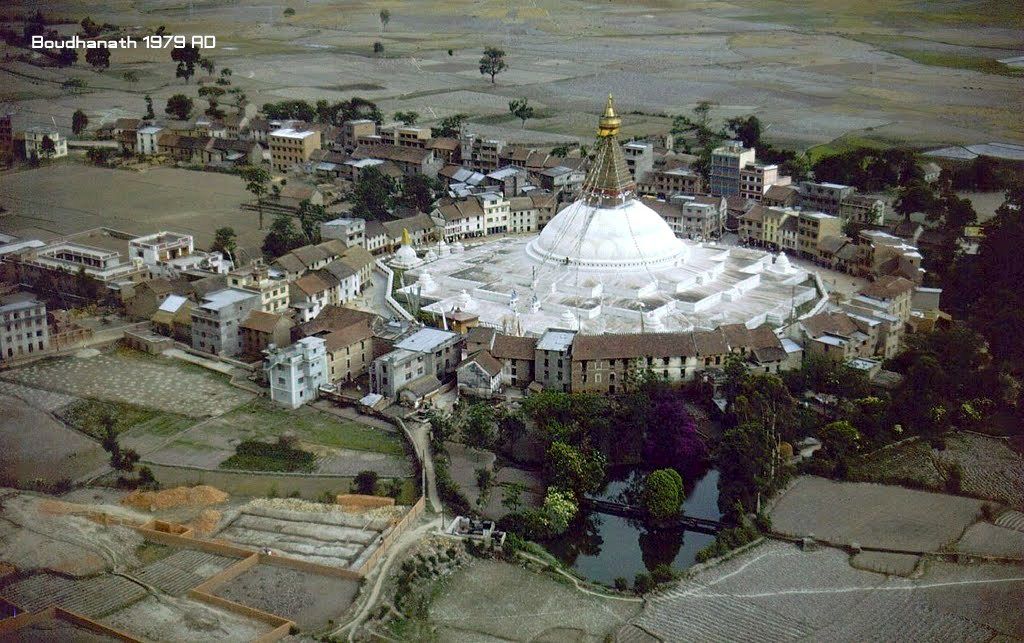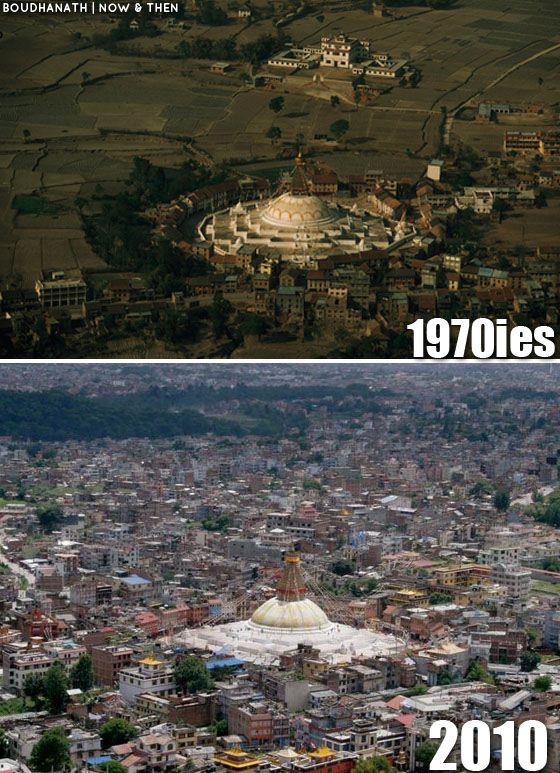Yesterday was the last of six days at a Tibetan Buddhist retreat. Fifty years ago was the end of eight years at Richard Hale’s Free Grammar School for the Deserving Sons of Impecunious Gentlefolk founded in 1608.
Half a century ago my six hundred fellow students and I processed down the long school driveway, past the Hart rampant at the center of town, past the friendly pub where I sometimes soothed my spirit, through the cemetery and on into the great stone church. Half an hour later I ascended the pulpit to read what was read at every school year’s dissolution, Ecclesiastes Chapter 12 Verses 1 to 12.
I spoke the words with an actor’s conviction: “Remember now thy Creator in the days of thy youth, while the evil days come not, nor the years draw nigh, when thou shalt say, I have no pleasure in them”.
It was fortunate I wasted so much of my school years acting because although I was feeling apprehensive, it was not about my performance in the pulpit. That day felt like the end of my youth. “In the day when the keepers of the house shall tremble”, I continued. That was not a day to look forward to. Nor was the mysterious one when “the doors shall be shut in the streets”. The voice in my head joking about ecstasy if I lay with them on the day when “all the daughters of music shall be brought low” failed to lighten my gloom.
I almost believed the summation: “Vanity of vanities, saith the preacher; all is vanity”. I paused, dramatically, to let that sink in. Vanity when those words were written meant futility. Now existentialist philosophers were saying the same thing – everything is futile. Then I intoned the preacher’s message: “The words of the wise are as goads … be admonished: of making many books there is no end; and much study is a weariness of the flesh”.
Why did they choose that Bible lesson? Perhaps it had resonated in 1944 when the school was absorbed into the state system a decade before I came there. Many of my teachers rejected the present, retaining traditions from a world of privilege very different from mine on the far side of the tracks. They yearned for the past, I felt unprepared for the future, but we had more in common than I imagined. We were both living not where we were but in worlds we imagined.
Buddhism is training to live in the present, the only time we actually are alive. It offers folks of every temperament ways to practice being and doing with graceful acceptance and joy. A wise man speaking not about Buddhism but business leadership offered the same insight about our all too common absorption in a stew of regret and hope: “Living with one foot in the past and one in the future will only hurt your crotch”.
That everything is impermanent and every act has results led the preacher to an entirely different conclusion from the Buddhist and the businessman.
The preacher tells us to fear a day in the future when an external deity will pass judgment on our every past act, “whether it be good, or whether it be evil”. Buddhism teaches not fear but that we can overcome our habits and illusions, not repeat our mistakes, learn to become truly happy, cherishing and selfless in every instant.
That everything is impermanent with no intrinsic tendencies means we need not repeat what we did before. We need no deity to know what is good and what is not. We know which makes us happy and which causes suffering. We can recognize that nothing compels us to do what is not good.
We can purify the working of our mind. We need not worry about, for example, the theory of my biology teacher who escaped from Hungary after the 1956 invasion by Soviet Russia. We are doomed by our biology, he thought: “The huge growth of our frontal lobes is cancerous. It allows us to create imaginary worlds where we can do terrible things, things that in the real world we could never do, things no other animal could imagine.”
We do too much thinking. The breath I am taking right now probably is not my last but there definitely will be a last one and I probably will not recognize when it starts. Those radiant daffodils outside my window, the translucent new leaves, the heron so still at water’s edge, the sun sparkling on the ocean, they probably will not be the last thing I see but there will be a last scene for me.
It makes sense to relish every instant. If I continue to practice this simple truth, I will waste fewer moments seeking safety by treating life as improvisational theater. If I really, really try and I live long enough, maybe I can shake off dreams for a whole day. I shall do it the same way I quit cigarettes, just breathe fresh air for the next hour. I will aim to awaken just for this moment.
We imagine false choices. At the T-junction, we cannot turn both left and right but in this instant, we can both think and feel. We can vibrantly feel the joy or pain this instant brings and also prepare for future moments when we may no longer be present and whose circumstances we cannot know.
Walking while chewing gum may be beyond me, I have not tried, but I can relish the fragrance and complex taste of this Wicked French Roast at the same time as I figure out a better tax system without worry if the one we have can be changed. Everything changes, anyway. That’s the beauty of impermanence.


